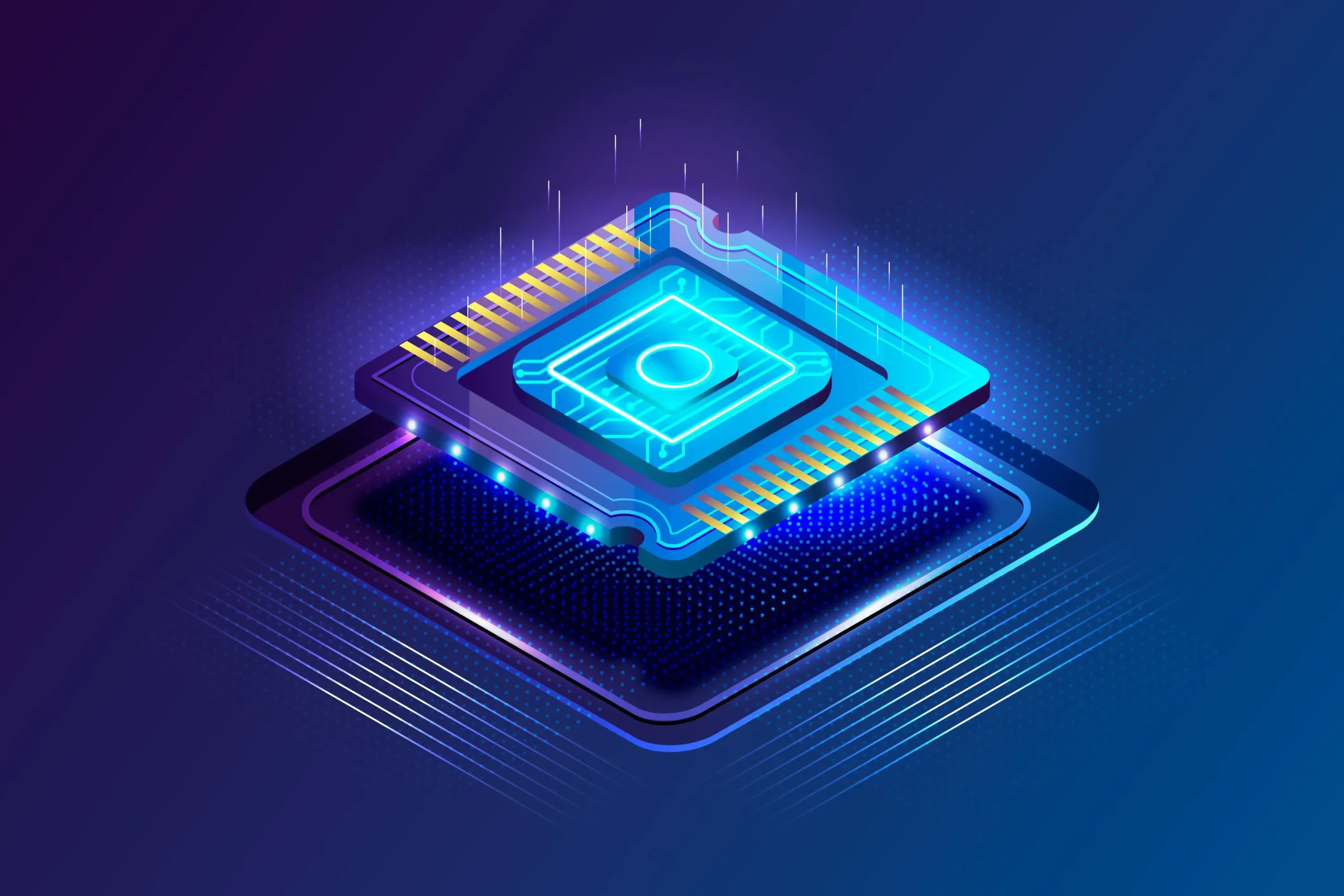In the world of desktop computing, the rivalry between Intel and AMD for supremacy in producing the best processors has been a driving force behind technological advancements. This battle for dominance has led to remarkable innovations that have shaped the course of computing history. Each company has its own strengths and weaknesses, resulting in a dynamic competition that has benefited consumers and the industry as a whole.
Intel:
Pros:
- Early Dominance: Intel has a rich history of pioneering microprocessor technology, dating back to the 1970s. The company’s processors have been the standard in desktop computing for decades, leading to widespread adoption and compatibility.
- Performance: Intel’s processors have often showcased superior single-core performance, making them ideal for tasks that rely heavily on clock speed. This has made Intel processors favored by gamers and content creators seeking high frame rates and quick render times.
- Ecosystem: Intel’s extensive market presence has resulted in a vast ecosystem of compatible hardware and software, including motherboards, chipsets, and software optimizations tailored to Intel processors.
Cons:
- Pricing: Historically, Intel’s processors have been priced at a premium, often making them less cost-effective compared to their AMD counterparts. This pricing strategy has drawn criticism for exploiting Intel’s market dominance.
- Innovation Pace: Some critics argue that Intel’s innovation pace has slowed in recent years, resulting in incremental updates rather than groundbreaking advancements. This has given AMD an opportunity to gain ground with its own innovations.
AMD:
Pros:
- Ryzen Architecture: AMD’s Ryzen processors have revitalized the competition by introducing a new architecture that focuses on multi-core performance. This has made AMD processors excellent choices for tasks such as content creation, video editing, and multitasking.
- Value for Money: AMD’s processors often provide more cores and threads at a lower price point compared to Intel’s offerings. This has made them attractive options for budget-conscious consumers seeking strong multi-core performance without breaking the bank.
- Technological Leap: AMD’s introduction of the Ryzen 3000 series processors marked a significant leap in performance and efficiency, showcasing AMD’s ability to challenge Intel’s dominance and bring healthy competition to the market.
Cons:
- Single-Core Performance: While AMD has made substantial strides in multi-core performance, its processors have sometimes lagged behind Intel’s in single-core performance. This can affect tasks that rely heavily on high clock speeds.
- Ecosystem and Compatibility: Although AMD has improved its ecosystem and compatibility over the years, it still has some catching up to do compared to Intel’s well-established infrastructure.
In conclusion, the battle between Intel and AMD for the title of best desktop processor has driven innovation, benefiting consumers with improved performance, efficiency, and value. Intel’s history of dominance and single-core performance excellence contrasts with AMD’s innovative Ryzen architecture and competitive pricing. This rivalry has spurred both companies to continually push the boundaries of what is possible in desktop computing.
While Intel has the advantage of an extensive ecosystem and a legacy of leadership, AMD has made impressive strides in recent years to challenge Intel’s reign. Ultimately, the choice between Intel and AMD processors depends on individual needs and preferences, whether it’s high-performance gaming, content creation, or budget-conscious multitasking. As both companies continue to evolve and compete, it’s the consumers who reap the rewards of this ongoing battle for the best desktop processors.

